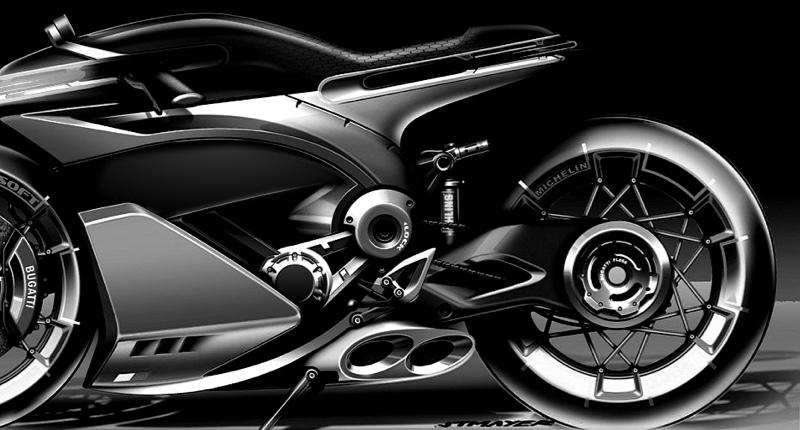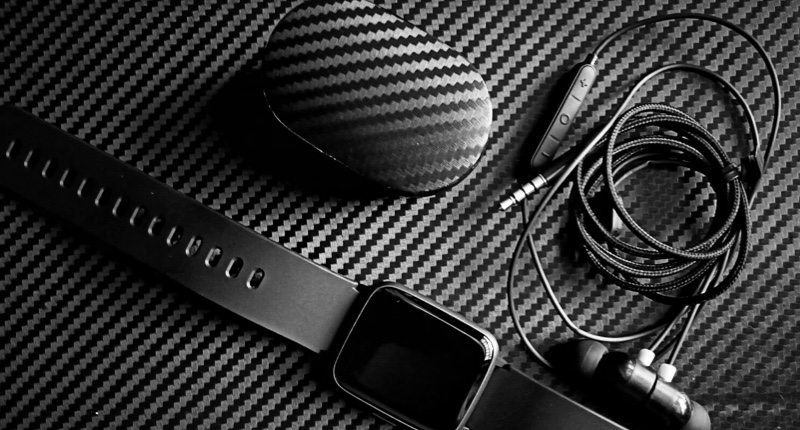how to make a carbon fiber mold | Supreem Carbon Expert Guide
- How to Make a Carbon Fiber Mold: Step-by-Step Guide
- What Materials Are Best for Carbon Fiber Mold Making?
- How Much Does Making a Carbon Fiber Mold Cost?
- What Are Common Challenges in Carbon Fiber Mold Making?
- How Does Mold Design Impact Carbon Fiber Part Quality?
- What Should Buyers Consider When Procuring Carbon Fiber Molds?
How to Make a Carbon Fiber Mold: Step-by-Step Guide
Making a carbon fiber mold is crucial in producing high-quality carbon fiber parts with precision and durability. The process typically involves designing the mold, selecting suitable materials, layering, curing, and finishing. First, create a master pattern—this can be from foam, wood, or pre-existing parts. Then prepare the mold surface by applying a release agent to prevent sticking.
Next, use materials like fiberglass, epoxy resin, or polyurethane to build the mold through layering over the master pattern. For superior strength and heat resistance, epoxy resin is often preferred. After layering, the mold cures under controlled temperature, sometimes assisted by vacuum bagging to remove air bubbles.
Once cured, remove the mold, sand and polish the surface, and it’s ready for carbon fiber layup.
What Materials Are Best for Carbon Fiber Mold Making?
Common materials include fiberglass, epoxy resin, and polyurethane. Fiberglass is widely used for its cost-effectiveness and ease of use, but epoxy resin molds provide better heat resistance and durability, essential for repeated use in carbon fiber part fabrication. Polyurethane molds are quicker to produce but generally less durable. The choice depends on the production volume and desired mold longevity.
How Much Does Making a Carbon Fiber Mold Cost?
Costs vary significantly based on mold complexity, materials, and labor. A simple fiberglass mold can range from $2,000 to $5,000, whereas high-quality epoxy molds suitable for large production runs can cost between $5,000 and $15,000 or more. Using CNC-machined metal molds can exceed $20,000 but offer the highest durability and precision. Always factor in mold maintenance costs for long-term production.
What Are Common Challenges in Carbon Fiber Mold Making?
Key challenges include ensuring the mold surface finish is flawless to avoid defects, preventing air bubbles during resin application, and controlling curing temperature to avoid warping or delamination. Additionally, choosing the right release agent is critical to enable easy demolding without damaging either the mold or finished parts.
How Does Mold Design Impact Carbon Fiber Part Quality?
The mold design directly affects the dimensional accuracy, surface finish, and mechanical properties of the carbon fiber parts. Complex geometries require precise patterns and mold stiffness to avoid deformation during curing. Incorporating draft angles and venting channels aids in part removal and reduces defects. Collaboration with experienced mold makers can optimize design for production efficiency.
What Should Buyers Consider When Procuring Carbon Fiber Molds?
Buyers must assess the mold maker’s experience, material quality, and capabilities for tailored solutions. Confirm the mold can withstand the intended production volume and environmental conditions (e.g., autoclave curing, high temperatures). Request sample molds or carbon fiber parts to evaluate finish and tolerance accuracy. Additionally, plan for post-sale support, including repairs and replacement parts, to ensure long-term production success.

Supreem Carbon Auto parts new arrivals!

Ducati DesertX 2022 new arrivals!

Le fabricant leader de fibre de carbone personnalisée en Europe

Application Advantages of Carbon Fiber in Automobile Chassis Brackets

2025 Ducati Panigale V4/V4S Carbon Fiber Body Kit released by Supreem Carbon.

100% Carbon fiber dash panel and window door trims set for NSX
For Products
Which surface could you provide for the carbon parts?
Gloss finish, matte finish, satin finish. Some color coating as the customer needs.
How can I get some sample?
Actually we dont provide the free sample to customer, you can place a sample order if need some parts.
For Order Delivery
How to choose the mode of transportation?
We use official shipment like Fedex,UPS,DHL and so on. Also customer can arrange delivery by themselves.
For Customized Service
What custom customer need to prepare?
1. Send Your Design/Idea/3D drawing.
2. Supplier Quotation Confirmation.
3. Firts Sample Feedback.
For After-sales Service
What can I do if the carbon fiber products arrived is broken?
Please give us feedback as soon as possible and we will send new one to you.

BMW F85/ F86 Carbon Fiber Interior Engine Cover Replacement

Kawasaki ZX10R Carbon Fiber Belly Pan

BMW S1000RR Carbon Fiber Front Fairing Cowls Custom

Yamaha R1 Carbon Fiber Airbox Tank Cover
The Supreem Carbon Yamaha R1 Carbon Fiber Airbox Tank Cover provides lightweight, durable protection with a sleek finish. Designed for R1 models, it enhances the style and performance of your bike. Its lightweight structure improves performance while maintaining the premium aesthetics necessary for high-end modification projects. As a dedicated manufacturer of carbon fiber parts, we provide stable production capacity, customization options, and strict quality control to support enterprise-level procurement and OEM/ODM needs.
Let’s Bring Your Carbon Fiber Ideas to Life
Have a question or inquiry about our carbon fiber composite products? Leave us a message here, and our team will get back to you promptly.
Whether you're interested in custom orders, technical specifications, or partnership opportunities, we're here to assist you.
Please fill out the fields above with your name, email address, and message.
© 2024 Supreem Carbon All Rights Reserved.





Facebook
Pinterest
LinkedIn
Instagram